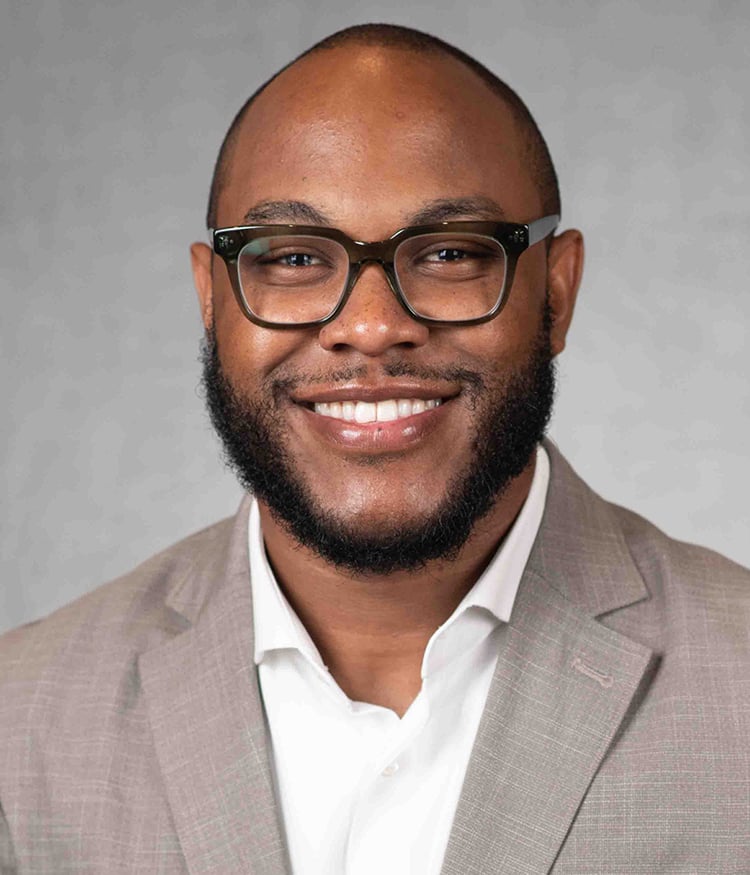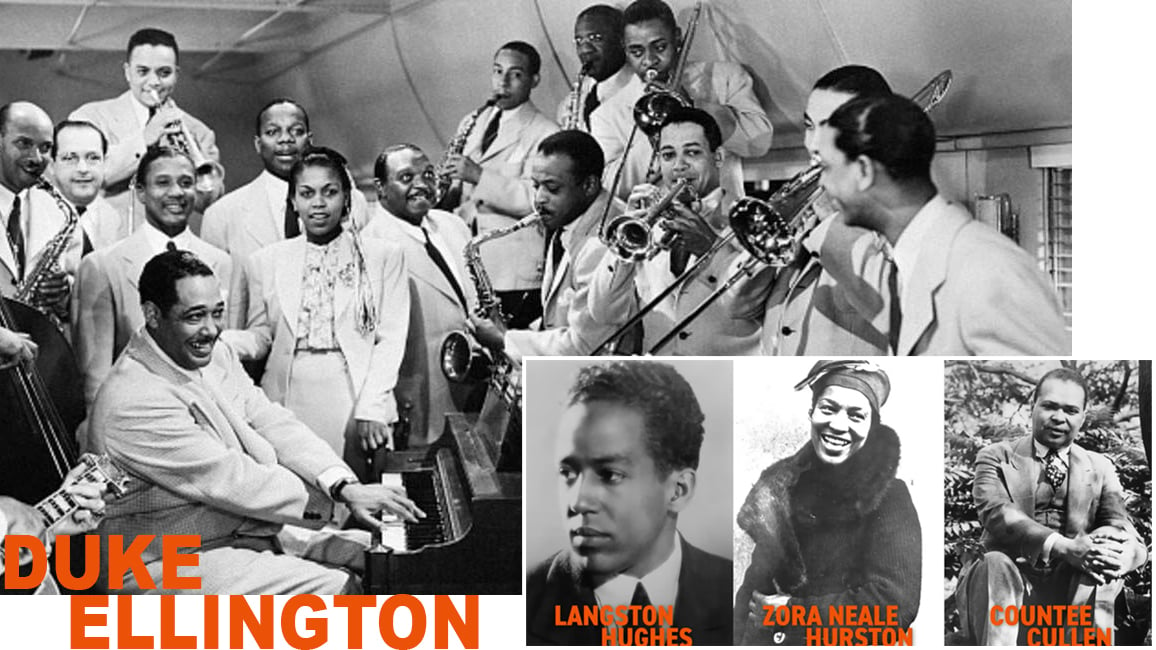Black History Month: The Continuing Renaissance
From Duke Ellington to Beyoncé, 'the synthesis of Black artistry and scholarship has long been in the womb of the Black church'
Rev. Bryant Phelps is the senior pastor at Life Center UMC.
North of Central Park is an area technically considered Manhattan but known to the world as “Heaven” or the “Black Mecca;” a place called Harlem, New York. Founded in 1658 as African Americans from the South began to move northward in the Great Migration, Harlem experienced a sonic boom, a big bang of sorts, a cultural revolution beginning in 1918 that revived this sleeping, silent and stifled community, giving it shape, style, song and swing.
 Lasting nearly two decades, the Harlem Renaissance would give us the artistry of Ella Fitzgerald, Hazel Scott, the Nicholas Brothers, Duke Ellington and Aaron Douglas; it would give us the prose of Langston Hughes, Zora Neale Hurston and Countee Cullen; it would give us the prophetic witnesses of Marcus Garvey, Adam Clayton Powell, Sr. and Reverdy Ransom.
Lasting nearly two decades, the Harlem Renaissance would give us the artistry of Ella Fitzgerald, Hazel Scott, the Nicholas Brothers, Duke Ellington and Aaron Douglas; it would give us the prose of Langston Hughes, Zora Neale Hurston and Countee Cullen; it would give us the prophetic witnesses of Marcus Garvey, Adam Clayton Powell, Sr. and Reverdy Ransom.
The Harlem Renaissance was more than a moment in time; it has proven to be a movement. In the darkness of night, before the break of day, on July 29, 2022, Beyoncé (a member of the United Methodist Church) released her critically acclaimed “Renaissance” album and in 2023, film. Her work celebrated, centralized and cemented the legacy of Black culture and futurized it, proving the effects of Harlem are still reverberating throughout the world. The renaissance continues and subversively baptizes the world into the deep rivers of the African Diaspora.
Beginning in 1915, Dr. Carter G. Woodson began capturing the histories of Black people in America; in 1918, he would write "A Century of Black Migration" as the Harlem Renaissance was beginning. Woodson, the “Father of Black History” and the second Black person to receive a Ph.D. from Harvard University, was disgusted by the “neglect” of Black history throughout the world and would ultimately write most of his works during the period of the Renaissance.
The Renaissance would be the companion to an immersive experience of Black brilliance. On February 7, 1926, Woodson officially launched “Negro History Week.” And much like Beyoncé’s "Renaissance," Black History Month is the continuation of a legacy of “re-educating” not just Black people, but educating the world on Black history.
The greatest synthesis of Black artistry and scholarship has long been in the womb of the Black church. For scholars like Woodson, W.E.B. DuBois, Dr. Evelyn Brooks Higginbotham, Dr. Henry Louis Gates, Jr. or United States Senator Rev. Dr. Raphael G. Warnock, the Black church sees these two worlds not only converge but grow together.
Since 2016, the brilliance of Black art and scholarship has been targeted as “liberal” and castigated as “woke.” The Black church must again embrace the revolutionary work of inspiring and inflaming Black artistry and scholarship. Today, because of the great work of the North Texas Annual Conference’s Black Church Initiative, Reverends Edlen Cowley and Ronald Henderson launched a team to produce and publish a history book and resource regarding the impact of the Black church in the North Texas Annual Conference of The United Methodist Church. This work will educate, equip and empower all to protect and perpetuate Black brilliance.
The Renaissance and Black History continue with us!
Published: Wednesday, February 21, 2024

